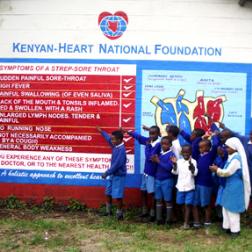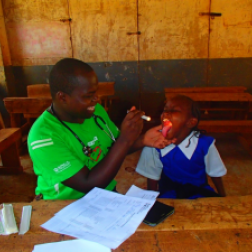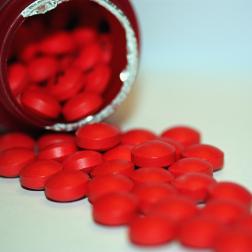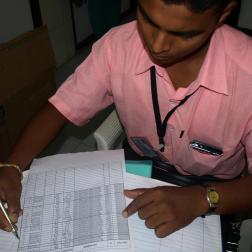Rheumatic heart disease (RHD) is a preventable, treatable form of cardiovascular disease that affects over 32 million people around the world and claims 275,000 lives annually. It affects the world’s poorest, most vulnerable populations and imposes heavy costs on the health systems that can least afford it.
If left untreated, rheumatic heart disease can lead to heart valve damage, stroke, heart failure, and death. Treatment of advanced disease requires costly surgery unavailable in many parts of the world. In endemic countries, prevalence of this preventable disease is a stark measure of health system failure and inequality. RHD is the most commonly acquired heart disease in young people under the age of 25. It most often begins in childhood as strep throat. If left untreated, RHD may progress to serious heart damage that kills or debilitates adolescents and young adults, and makes pregnancy hazardous. Although virtually eliminated in Europe and North America, the disease remains common in Africa, the Middle East, Central and South Asia, the South Pacific, and in impoverished pockets of developed nations.
Who is at risk?
The biggest risk factor for developing RHD is having repeated episodes of ARF. This risk can be reduced by regular antibiotic medication. RHD usually begins in adolescence but can be diagnosed into adulthood. 80% of people living with RHD live in developing countries. Others live in vulnerable populations in developed settings.
Symptoms of RHD
There may be no symptoms in the early stages of RHD, this is sometimes called the asymptomatic or latent phase. It may be possible for doctors or health workers to check signs of early disease which people may not notice themselves. This may include:
- Heart murmurs heart through a stethoscope
- Changes in the way heart valves work may be seen on an heart scan (echocardiography)
The first symptoms of RHD are usually from heart failure. These may include:
- Fatigue (feeling tired)
- Feeling short of breath, this may be worse when exercising or when lying down.
Treatment
Treatment of RHD usually requires young people to have regular antibiotics which prevent further attacks of ARF and damage to heart valves. Penicillin is the most commonly used antibiotic and is often given as an injection every 3 – 4 weeks.
Medication may also be given to manage symptoms of heart failure or heart rhythm abnormalities. Anticoagulation medication to reduce the risk of blood clots may be needed. In some cases of advanced RHD heart surgery may be required. Information about living with RHD, medical treatment and surgery is available in the living section of this site.





